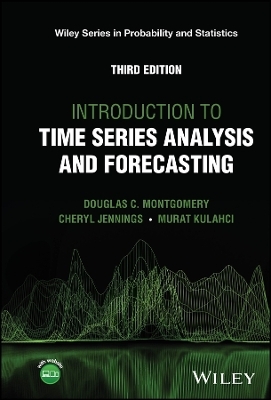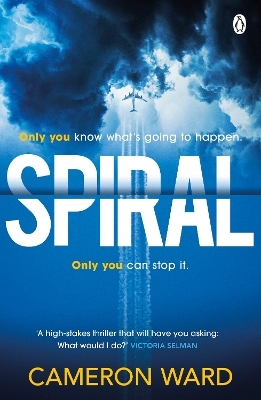
Harrison Decoded
Oxford University Press (Verlag)
978-0-19-889267-0 (ISBN)
Harrison Decoded: Towards a Perfect Pendulum Clock brings together the output of a forty-year collaborative research project that unpicked and put into practice the fine details of John Harrison's extraordinary pendulum clock system. Harrison predicted that his unique method of making pendulum clocks could provide as much as one-hundred-times the stability of those made by his contemporaries. However, his final publication, which promised to describe the system, was a chaotic jumble of information, much of which had nothing to do with clockwork. One contemporary reviewer of Harrison's book could only suggest that the end result was a product of Harrison's 'superannuated dotage.'
The focus of this book centres on the making, adjusting, and testing of Clock B which was the subject of various trials at the Royal Observatory, Greenwich. The modern history of Clock B is accompanied by scientific analysis of the clock system, Clock B's performance, the methods of data-gathering alongside historical perspectives on Harrison's clockmaking, that of his contemporaries, and some evaluation of the possible influence of early 18th century scientific thought.
Rory McEvoy has worked in horology for over twenty years. Following a postgrad diploma at West Dean College, Chichester, he practiced in conservation of antique clocks and watches before joining a London auctioneer as a specialist. Since 2010, he has worked at the Royal Observatory as Curator of Horology. Research interests include: timekeeping and astronomy, the development of the precision pendulum clock with particular focus on the work of George Graham FRS and the historical practice of measuring time in the laboratory. Jonathan Betts MBE, FSA, FBHI, FIIC, FRSA was appointed Senior Horology Conservator at the NMM in 1979, and Senior Curator of Horology in 2000. He is Vice Chairman of the Antiquarian Horological Society, is a Past Master of the Worshipful Company of Clockmakers (2014) and a Trustee of the Institute of Conservation. In 1989 he received the NMM Callender Award, in 2002 the Clockmakers' Company's Harrison Gold Medal, in 2008 the BHI Barrett Silver Medal and in 2013 the Plowden Medal (RWHA) for his contribution to Horology Conservation.
1: Introducing the precision pendulum clock by Rory McEvoy
2: The origins of John Harrison's 'Pendulum-Clock' technology by Andrew King
3: Introducing Martin Burgess, clockmaker by William Andrewes
4: Rescuing Martin Burgess's Clock B by Donald Saff
5: Reflections on making clocks Harrison's way by Martin Burgess
6: Completing Clock B by Charles Frodsham et al
7: Adjusting and testing Clock B at the Royal Observatory, Greenwich by Jonathan Betts
8: Crunching the numbers: analysis of Clock B's performance at Greenwich by Tom van Baak
9: Decoding the Physical Theory of Harrison's Timekeepers by Mervyn Hobden
10: Analysis of the mechanisms for compensation in Clock B by David Harrison
Appendix: Update on Clock B by Rory McEvoy
| Erscheinungsdatum | 10.07.2023 |
|---|---|
| Zusatzinfo | 82 illustrations |
| Verlagsort | Oxford |
| Sprache | englisch |
| Maße | 138 x 215 mm |
| Gewicht | 268 g |
| Themenwelt | Geschichte ► Hilfswissenschaften ► Chronologie |
| Naturwissenschaften ► Physik / Astronomie ► Astronomie / Astrophysik | |
| Technik | |
| ISBN-10 | 0-19-889267-5 / 0198892675 |
| ISBN-13 | 978-0-19-889267-0 / 9780198892670 |
| Zustand | Neuware |
| Haben Sie eine Frage zum Produkt? |
aus dem Bereich


